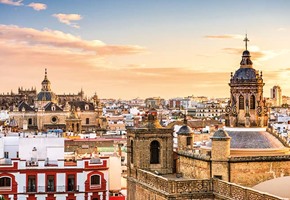
Experience Hidden Spain with the Experts
08/05/2025 · By Tim Hall
From Barcelona to the foodie haven of the Basque Country and iconic landmarks of Andalucía, uncover Spain with Great Rail Journeys’ Tour Manager Tim Hall.
Read moreSeville is an old port city set on the Guadalquivir River. The city played a key role in establishing and continuing trade with South America. It remains one of Spain's busiest ports. Close to the heart of the city is the Plaza Espana, a majestic architectural complex built for the Ibero-American Exposition in 1929. The square is surrounded by beautiful buildings, fountains and tiled alcoves. The Reales Alcázares de Sevilla, the Royal Palace in the centre of town, was originally constructed as a Moorish fort and built in a marked Islamic style. Today it is a superb complex of patios and halls that combines several different architectural styles, from Mudéjar to Gothic. At its very centre is the Palace of King Pedro I, who constructed his royal residence on the site of a Moorish palace. The palace gardens are a lovely sanctuary from the hustle and bustle of Seville's city centre, and are well laid out with fountains and pools interspersed with formal lawns and flowerbeds.
Seville's magnificent cathedral, Columbus and La Giralda, is the largest Gothic building in Europe. Built on the site of a mosque, it is the final resting place of Christopher Columbus and is lavishly decorated in gold. Its bell tower, La Giralda, was the minaret of the original mosque and dominates Seville's skyline. The sister tower of La Giralda is the Hassan Tower in Rabat.
Seville is known as the birthplace of tapas and the city apparently has over 1000 tapas bars, serving almost every conceivable type of food. Sevillians are known to move from bar to bar, enjoying a different small dish in each establishment they visit.
Find out more with a free brochure and enjoy weekly travel inspiration and offers in our e-newsletter.
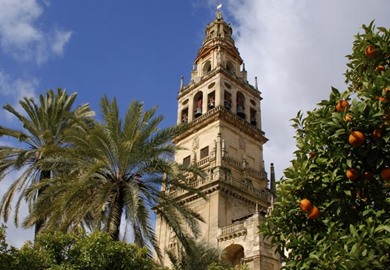
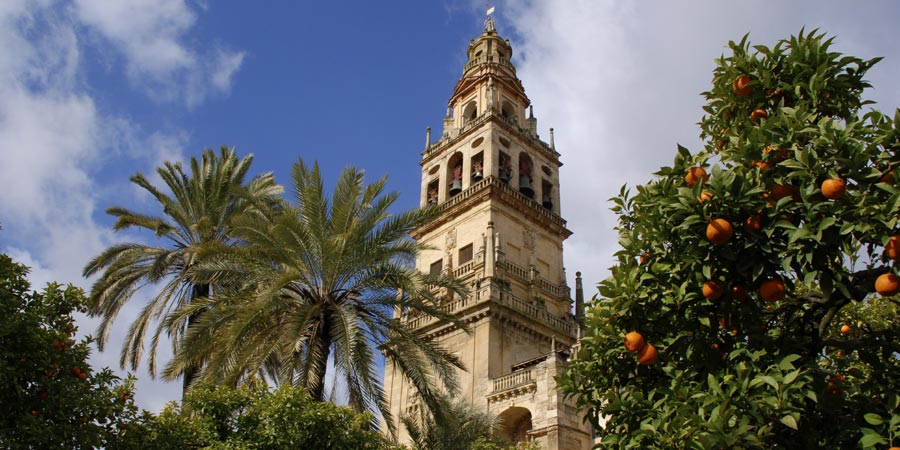
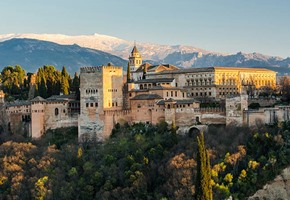
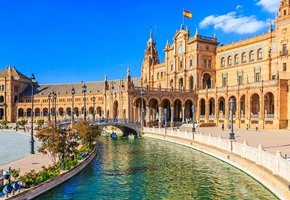
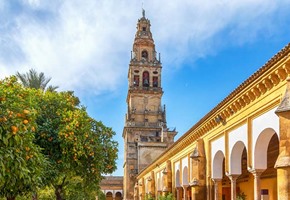
 (155 reviews)
(155 reviews)Discover the best of Andalucía on this unforgettable holiday, exploring the region's three most iconic cities. There is also plenty of free time for you to relax by the hotel pool or explore the local area at your leisure. From a base in Antequera, often referred to as 'the crossroads of Andalucía', embark on guided tours of the historic...
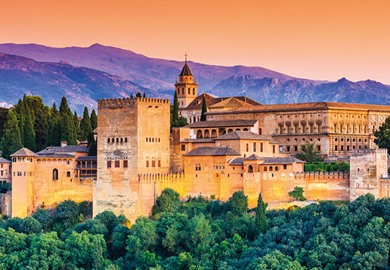
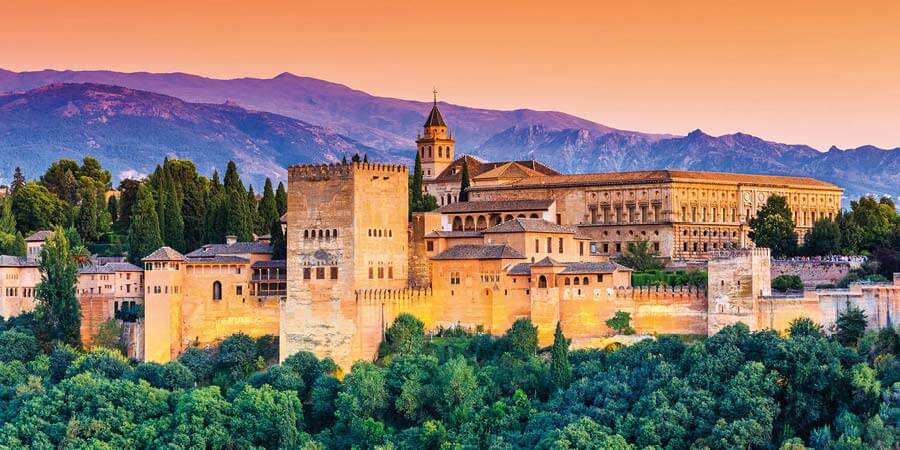
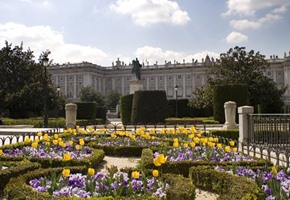
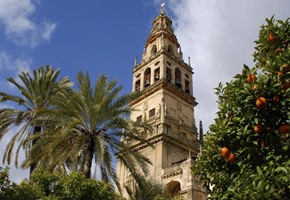
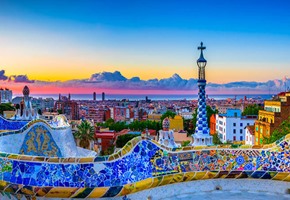
 (73 reviews)
(73 reviews)Discover the rich cultural heritage and artistry of Spain. On a journey through iconic cities, we travel from the capital of Madrid, into Moorish Andalucía and Barcelona. We explore Granada's World Heritage Alhambra palaces and gardens, Seville's vibrant landmarks including its historic cathedral, and wander through Córdoba's magnificent...
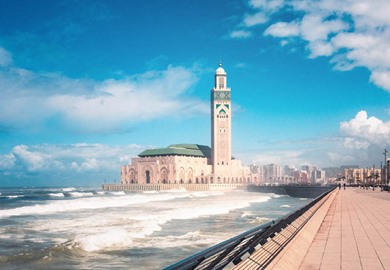
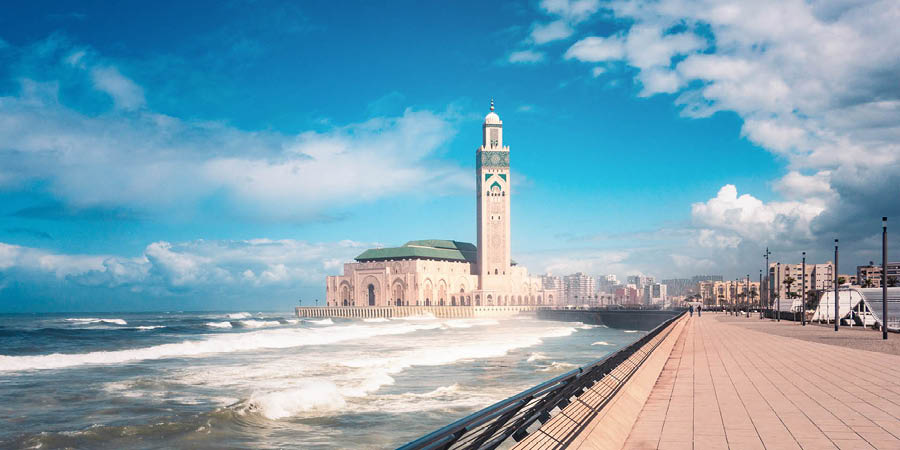
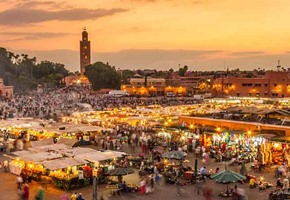
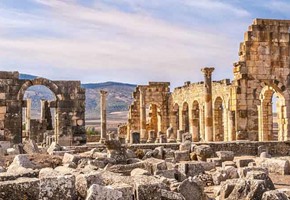
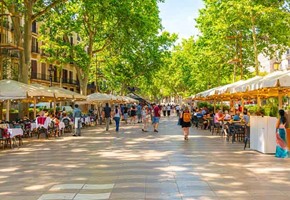
 (43 reviews)
(43 reviews)Follow the tracks of the ancient Moors from the shores of Spain to mystical Moroccan cities. Discover the diverse architecture of Barcelona and the treasures of Andalucía's capital, Seville, before crossing the Strait of Gibraltar to Morocco. Soak up Morocco's flavours in Casablanca, Rabat, Fes, Meknes and Marrakech, and experience its rich...
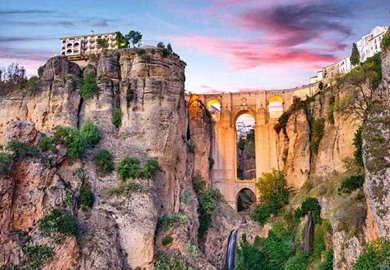
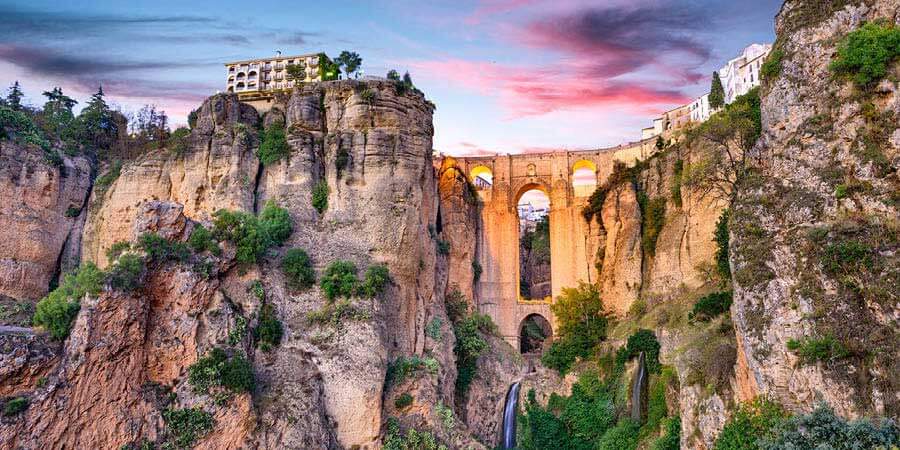
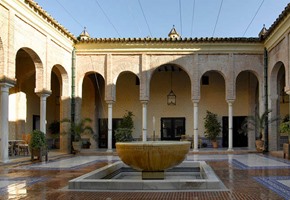
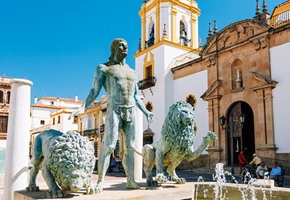
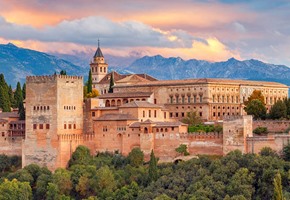
Discover the remarkable treasures and hidden gems of Andalucía, where centuries of history are waiting to be uncovered. Visiting World Heritage jewels including the breathtaking Alhambra, the world's greatest example of Islamic architecture, and La Mezquita - Córdoba's epic mosque-cathedral. We also visit the jaw-dropping city of Ronda and...
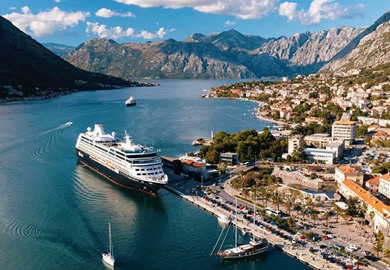
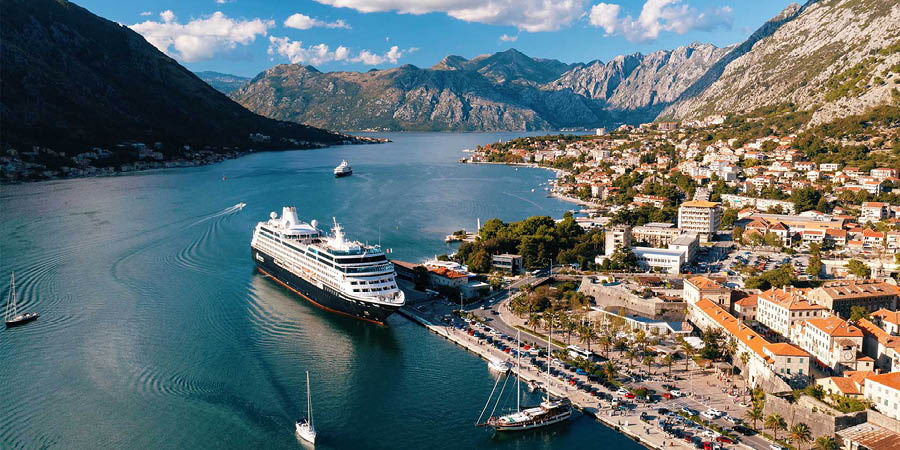
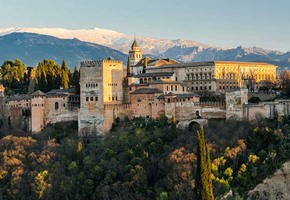
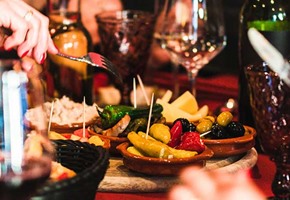
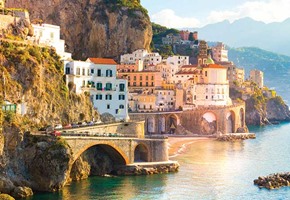
Let the wonders of Spain, Italy, Croatia and Slovenia captivate you on an incredible holiday across land and sea. Discover iconic cities and rich history, from Madrid's grand boulevards to Barcelona's striking architecture, all with the guidance of an experienced Great Rail Journeys Tour Manager. Then, set sail on an intimate Azamara...
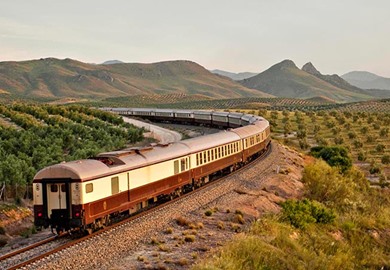
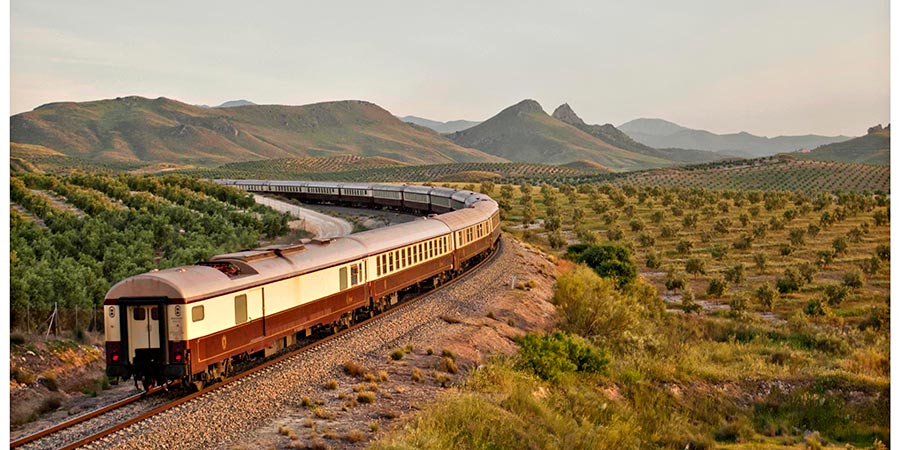
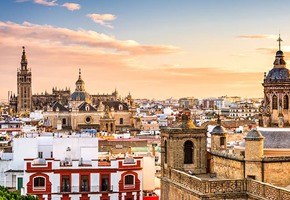
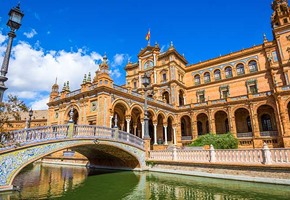
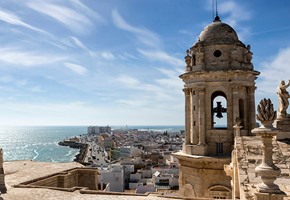
Experience the golden age of travel as you explore southern and central Spain's most dazzling regions. Starting in Seville, marvel at the Giralda, before boarding the luxurious Al Andalus train and travelling further into Andalucía. On an opulent train beloved by British royals, visit Córdoba's Mezquita, savour a sherry tasting in Jerez and...
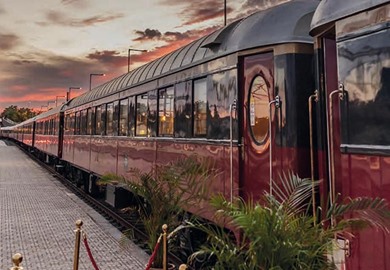
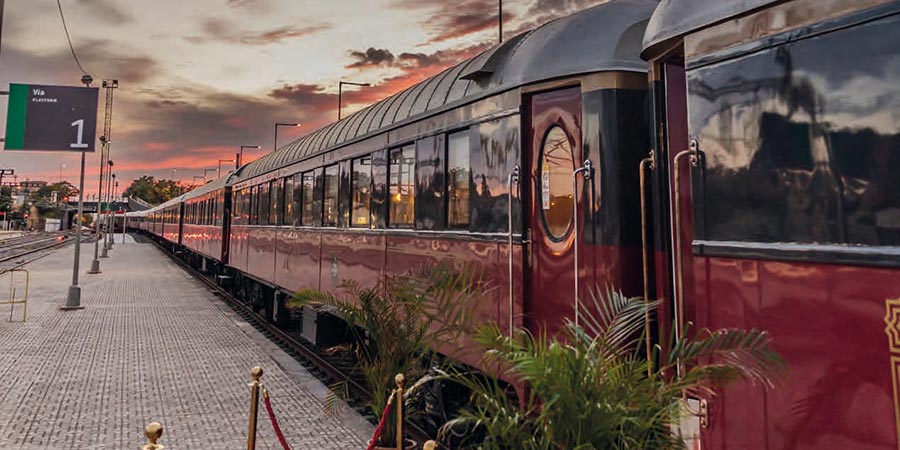
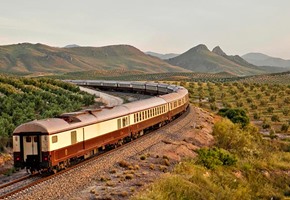
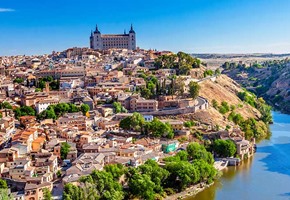
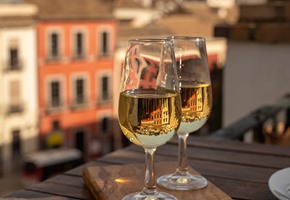
Recall the golden age of travel as you explore these incredible regions of central and southern Spain. Beginning in the capital, Madrid, board the luxury train beloved by British royals to discover the jewels of Aranjuez, Toledo and Cáceres. Heading into Andalucía, savour a sherry tasting in Jerez, experience an equestrian ballet and visit...


